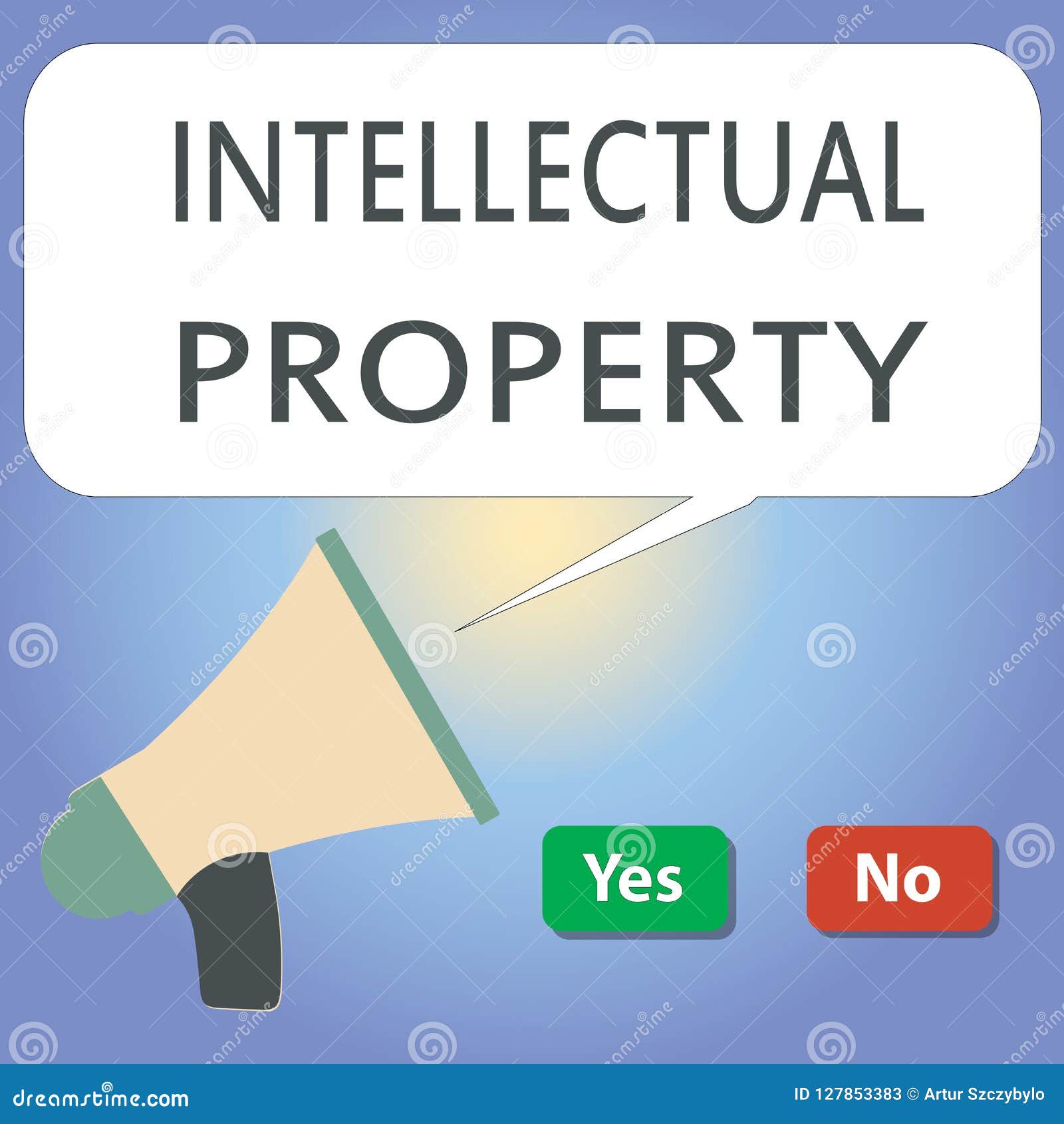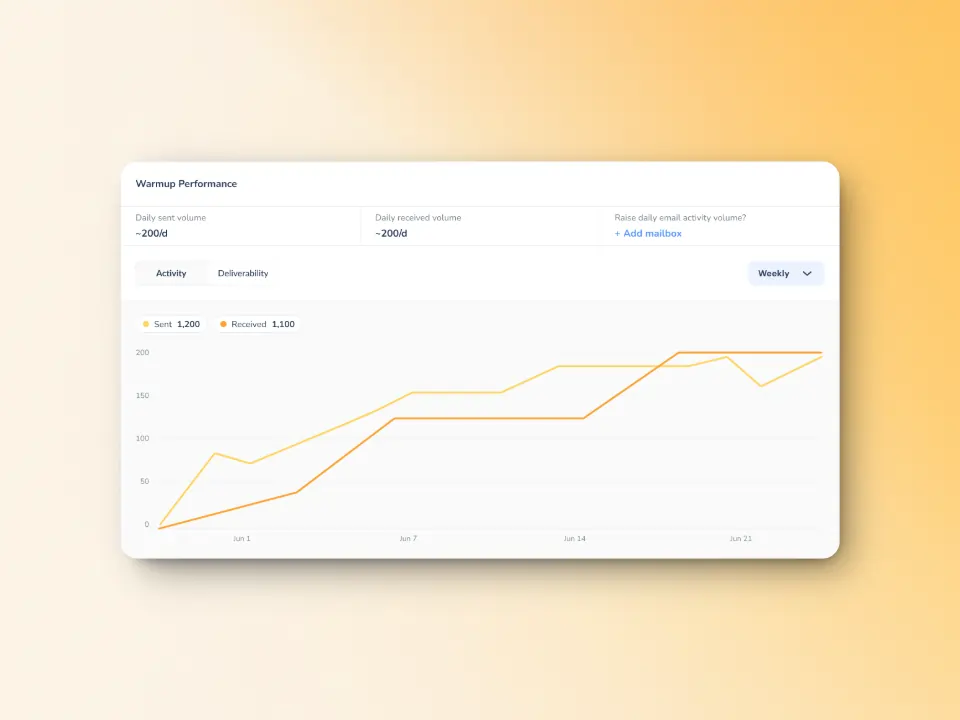In today’s digital age, protecting your content from unauthorized use is crucial. With the ease of copying and sharing online, your original work can be misused, leading to potential loss of revenue and credibility. This guide will navigate through the importance of understanding unauthorized use and why it is essential to protect your content.
Understanding Unauthorized Use of Content

Unauthorized use of content refers to the appropriation of your original work without permission. This includes various forms such as:
- Copying text, images, or videos from your site and using them on another platform.
- Reposting your articles on social media without acknowledgment.
- Creating derivative works based on your originals without consent.
Such actions can have significant consequences, not just for the content creator but also for consumers and the integrity of the online environment. The law varies by region, but copyright infringement can lead to legal repercussions. Additionally, unauthorized use can dilute the value of your brand, as others may benefit from your hard work without any compensation. Understanding these nuances helps creators remain vigilant against potential infringements and fosters respect for intellectual property.
Why Protecting Your Content is Essential

Protecting your content is more than just guarding your work; it’s about safeguarding your reputation, revenue, and the effort you’ve invested into your creations. Here are several reasons why protecting your content is essential:
- Maintaining Control: By actively protecting your content, you retain control over its distribution and usage.
- Financial Incentives: Unauthorized use can lead to financial losses; protecting your content ensures you’re compensated for its use.
- Building Credibility: Upholding your rights and enforcing them reflects professionalism and builds trust with your audience.
- Encouraging Originality: A culture that respects intellectual property fosters creativity and innovation.
In summary, taking proactive measures to protect your content is not just a legal obligation; it’s a step towards sustaining your creative endeavors and supporting a healthy digital ecosystem.
Common Types of Content Theft

In today’s digital age, content theft has become an alarming issue for creators, whether they are bloggers, photographers, artists, or videographers. Understanding the various forms of content theft can help you better protect your work. Here are some of the most common types:
- Plagiarism: This involves copying text, ideas, or even entire articles without giving proper credit to the original creator. It can happen in academic, journalistic, or even creative writing.
- Image Theft: Unscrupulous individuals may download and use your images without permission, often for their own websites or social media. This is particularly common with stock photos and artistic images.
- Video Theft: Videos can be re-uploaded to platforms like YouTube without your consent. This includes everything from original vlogs to educational content.
- Content Scraping: Automated bots might scrape your website for content and replicate it elsewhere, often stripping away any attribution and sometimes impacting your SEO negatively.
- Social Media Misuse: Sharing or reposting your content on social media without proper attribution or permission is another rampant form of content theft.
Being aware of these common methods is the first step toward preventing your hard work from being misused. Always keep an eye out for unauthorized use of your content—an alarming aspect of today’s content-driven world.
Legal Measures to Safeguard Your Content
When it comes to protecting your content, legal measures can be incredibly effective. Here are some crucial steps you can take:
- Copyright Your Work: Automatically, your content is protected by copyright the moment it’s created, but registering your work can strengthen your legal position in case of infringement.
- Use Licensing Agreements: If you’re allowing others to use your work, specify the terms through licensing agreements. This ensures that there is no confusion about how your content can be used.
- Include Watermarks: For images and videos, adding a watermark can deter unauthorized use. It ensures your ownership is visible, even if someone tries to misuse your content.
- DMCA Takedown Notices: Familiarize yourself with the Digital Millennium Copyright Act (DMCA). If your content is stolen online, you can file a takedown notice to have it removed.
- Consider Legal Action: In severe cases of infringement, consult with a legal professional to explore options for suing for damages.
By taking these legal measures, you can build a strong defense against content theft and ensure that your creative rights are respected. Remember, protecting your content is not just about preventing theft—it’s about valuing your hard work and creativity!
Practical Steps to Prevent Content Theft
Protecting your content from unauthorized use is essential in today’s digital landscape. Here are some practical steps you can take to safeguard your work:
- Copyright Your Work: Registering your content with the copyright office gives you legal standing in case of theft. It establishes you as the rightful owner.
- Watermark Your Images: Adding a watermark to your photos or designs can discourage theft, making it clear that the content is yours.
- Disable Right Click: On your website, you can disable right-click options to make it a bit more difficult for users to steal your content, though it’s not foolproof.
- Use a Creative Commons License: This allows you to specify how others can use your work, providing a legal framework to protect your rights while encouraging sharing.
- Keep Track of Your Content: Regularly search for your work online using tools like Google Alerts. This helps you monitor unauthorized uses of your content.
- Educate Your Audience: Let your readers know the importance of respecting intellectual property. A brief note about copyright can go a long way.
By implementing these steps, you create an environment that not only protects your content but also fosters respect for original work. Remember, a proactive approach is your best defense against content theft!
Using Technology to Protect Your Content
In our tech-savvy world, various tools and technologies can help you protect your content effectively. Here’s a look at some of the most effective options:
| Technology | Purpose |
|---|---|
| Digital Rights Management (DRM) | DRM systems encrypt your digital content, controlling how it’s used and distributed. This is especially important for ebooks and software. |
| Plagiarism Detection Tools | Tools like Copyscape and Grammarly check for copied content across the internet, helping you identify unauthorized use quickly. |
| Content Management Systems (CMS) with Security Features | Platforms like WordPress offer plugins that can help secure your content, including limiting access and protecting against scrapers. |
| Image Protection Services | Services like Pixsy can help track down unauthorized use of your images online and assist with legal actions if necessary. |
Investing in these technologies not only helps protect your original content but also ensures that you’re equipped to deal with any issues that arise. Combining these tools with your protective strategies makes for a comprehensive approach to content security.
Monitoring and Enforcing Your Content Rights
In the digital age, having your content stolen or misused is unfortunately quite common. Thus, actively monitoring your content and enforcing your rights is essential to protect your intellectual property. Here’s how you can go about it:
- Set Up Google Alerts: Use Google Alerts to receive notifications whenever your content is mentioned online. This can help you quickly identify unauthorized use.
- Utilize Copyright Tracking Services: Consider using services like Copyscape or Creative Commons, which can help you track where your content appears on the internet.
- Social Media Monitoring: Regularly check social media platforms for instances of your content being shared without permission. Tools like Hootsuite can simplify this process.
- Monitor Competitors: Keep an eye on your competitors. They might lift ideas or content from you and seeing what works for them can help you innovate and enforce your rights effectively.
Once you identify unauthorized use, enforcing your rights comes next. This might involve reaching out to the perpetrators directly with a polite request to remove your content or to credit you properly. If this doesn’t resonate, you may need to escalate the situation by:
- Sending a formal takedown notice under the Digital Millennium Copyright Act (DMCA).
- Consulting with a legal professional specializing in copyright issues to explore further actions.
While it takes time and effort, being proactive about monitoring and enforcing your content rights will not only protect your work but also foster a culture of respect for creativity in the digital community.
What to Do if Your Content is Stolen
Discovering that your content has been stolen can feel incredibly frustrating and disheartening. However, acting swiftly can help mitigate the situation. Here’s a clear step-by-step guide you can follow:
- Document the Theft: Take screenshots or save the URLs of the stolen content. This documentation is crucial for any legal actions you might take.
- Verify the Unauthorized Use: Ensure the content is indeed yours, and the other party is using it without permission. You’d be surprised how often misconceptions arise.
- Contact the Offender: Reach out directly to the individual or organization using your content. Politely ask them to remove it or give proper credit. Often, people may not realize they’re violating copyright laws.
If direct communication fails, consider these steps:
- DMCA Takedown Notice: For online theft, file a DMCA takedown notice with the hosting platform. Most reputable services comply promptly to protect creators.
- Legal Action: If the situation escalates, seek legal advice. A lawyer specializing in intellectual property can provide valuable guidance and may help you take formal action against the offender.
While confronting content theft can be daunting, remember that you have rights as a content creator. Taking action not only defends your work but also sets a precedent for others to respect and protect intellectual property.
Best Practices for Content Creators
As a content creator, protecting your work is crucial, especially in today’s digital age where unauthorized use can happen in the blink of an eye. Here are some best practices to ensure your content remains safe:
- Watermark Your Images: If you’re sharing photos or artwork online, consider adding a subtle watermark. This helps identify ownership while allowing others to appreciate your work.
- Use Copyright Notices: Clearly state your copyright on your content with a notice that includes your name and the year of publication. This reinforces your ownership and can deter misuse.
- Employ Licensing Agreements: If you allow others to use your work, be specific about the terms. Licensing agreements can outline how, where, and when your content can be used.
- Monitor Usage: Keep an eye on where your content appears online. Tools like Google Alerts can help you track mentions of your work across the web.
- Educate Your Audience: Let your followers know about the importance of content protection. Encourage them to respect creators’ rights and share your content responsibly.
- Utilize Digital Rights Management (DRM): For digital media like eBooks or music, consider using DRM tools to protect your files from unauthorized sharing.
- Regularly Update Your Work: If you continuously publish new content or updates, it not only keeps your audience engaged but also reinforces your authorship of the material.
By implementing these strategies, you can significantly reduce the chances of unauthorized use and maintain control over your creations.
Conclusion and Final Thoughts on Content Protection
In conclusion, protecting your content is an essential aspect of being a successful creator. With the rise of digital platforms, the risk of unauthorized use has increased, making it imperative to take proactive steps. Here are a few final thoughts:
- Stay Informed: The laws around copyright and content protection can change. Keep yourself updated on the latest regulations and best practices in your industry.
- Build a Community: Foster a community around your content. Engaged followers are often your best allies in protecting your work, as they will respect your rights and report misuse.
- Take Action: Don’t hesitate to act if you find your content being used without permission. Sending a polite cease-and-desist letter can often resolve the issue quickly.
- Make Content Accessible: While protection is crucial, also consider making your content available to your audience. This can be done through licensing or offering it for use under certain conditions.
Ultimately, the best way to protect your content is to combine vigilance with education, both for yourself and your audience. By doing so, you can enjoy creating while knowing that your work is secure!


